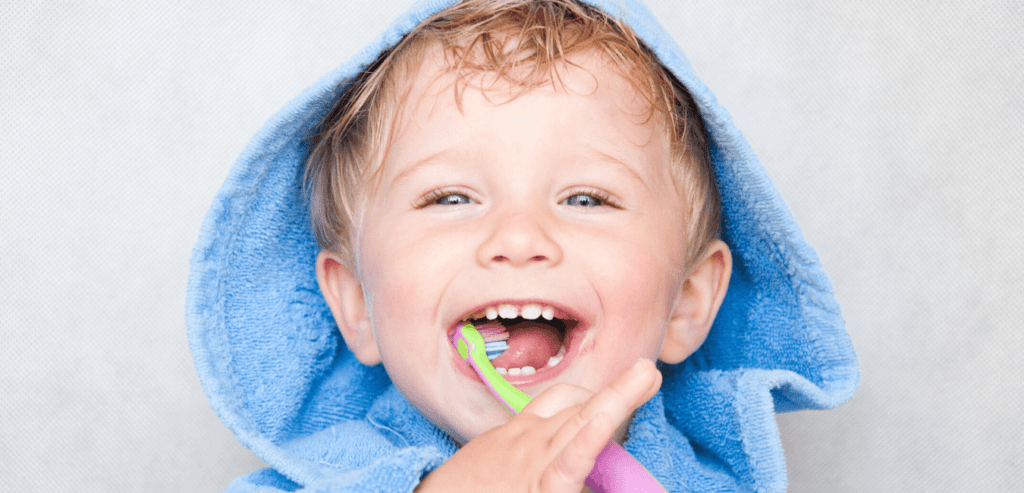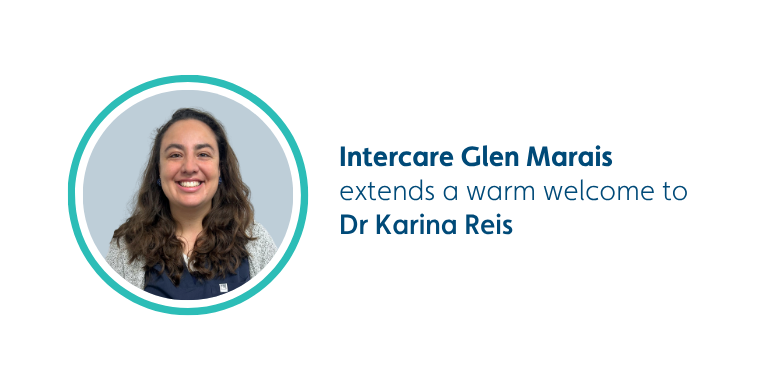Tooth decay in babies and very young children is known as Early Childhood Caries (ECC) and is often referred to as baby bottle tooth decay.
What causes baby bottle tooth decay?
Baby bottle tooth decay happens when sweetened liquids or even those with natural hidden sugars, linger in the mouth; this includes otherwise healthy liquids like fruit juices, milk, formula or tea. These sugars then cling to the teeth and tooth germs (bacteria in the mouth) thrive on this sugar and attack these teeth.
The most common way this happens is when bedtime rituals include the use of a bottle filled with fruit juices, tea, formula or any other drink with sugar content; it also happens when children can sip these liquids via a sippy cup, throughout the day.
What to look out for
Baby bottle caries first appears to the naked eye as white spots on the front teeth. They can then rapidly progress to brown or black cavities on the teeth.
Prevention
- Take good care of your own teeth first and see a dentist while you are pregnant.
- From the day your child is born until about 1 year old, keep your baby’s mouth clean by gently wiping a cloth over the gums; this should be practiced until teeth become visible. Even when teeth begin to emerge, continue to wipe the areas that do not have teeth.
- When teeth are present, use a soft-bristle toothbrush with toothpaste that is age-appropriate to brush your child’s teeth twice a day.
- Avoid putting your child to bed with a bottle – if they insist, consider using water instead.
- Do not use a sippy cup as a substitute for a pacifier.
- Visit your dentist regularly to ensure teeth and gums stay healthy.
Dr Linton Brown, Dentist, Intercare Parow












